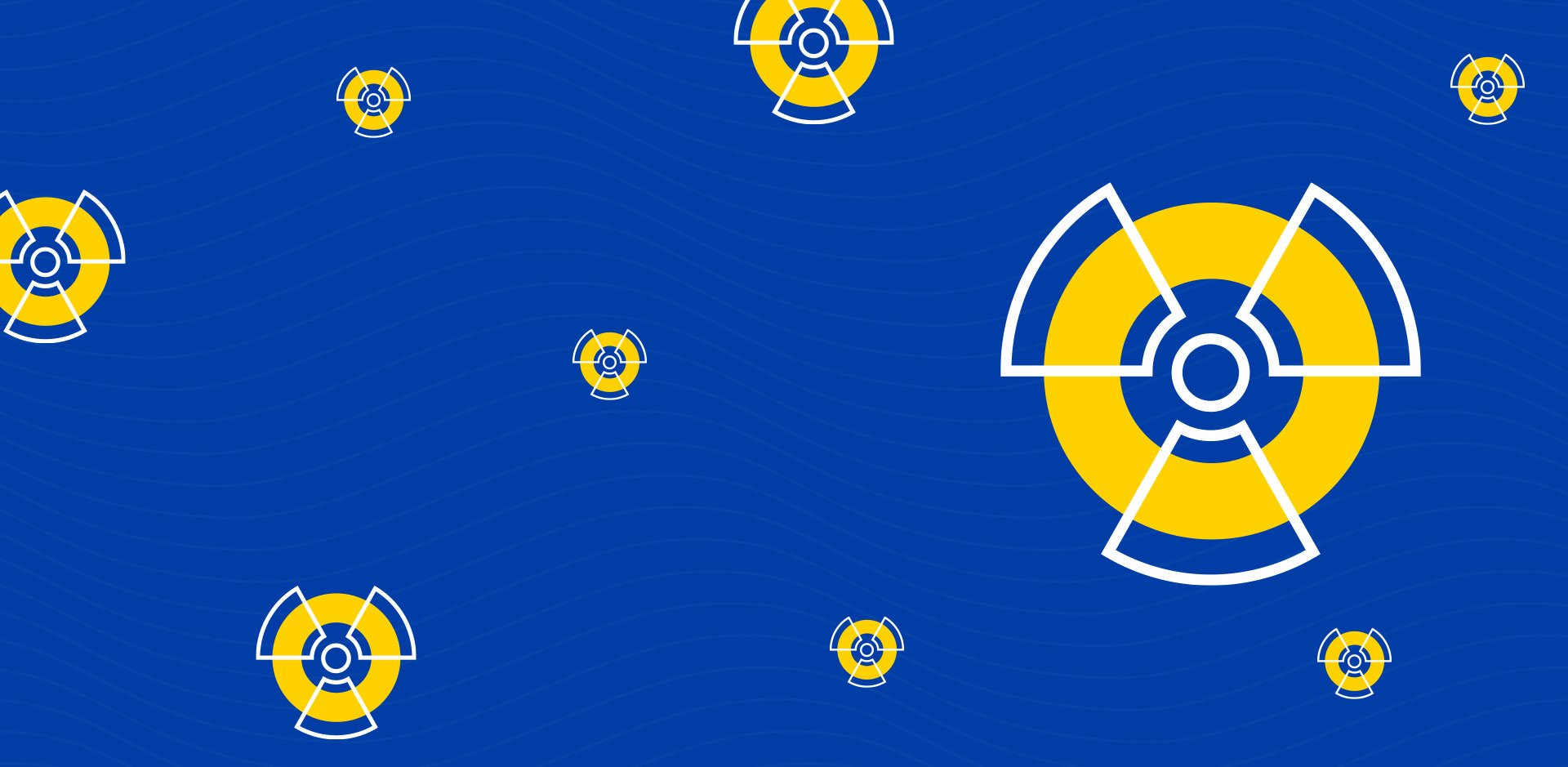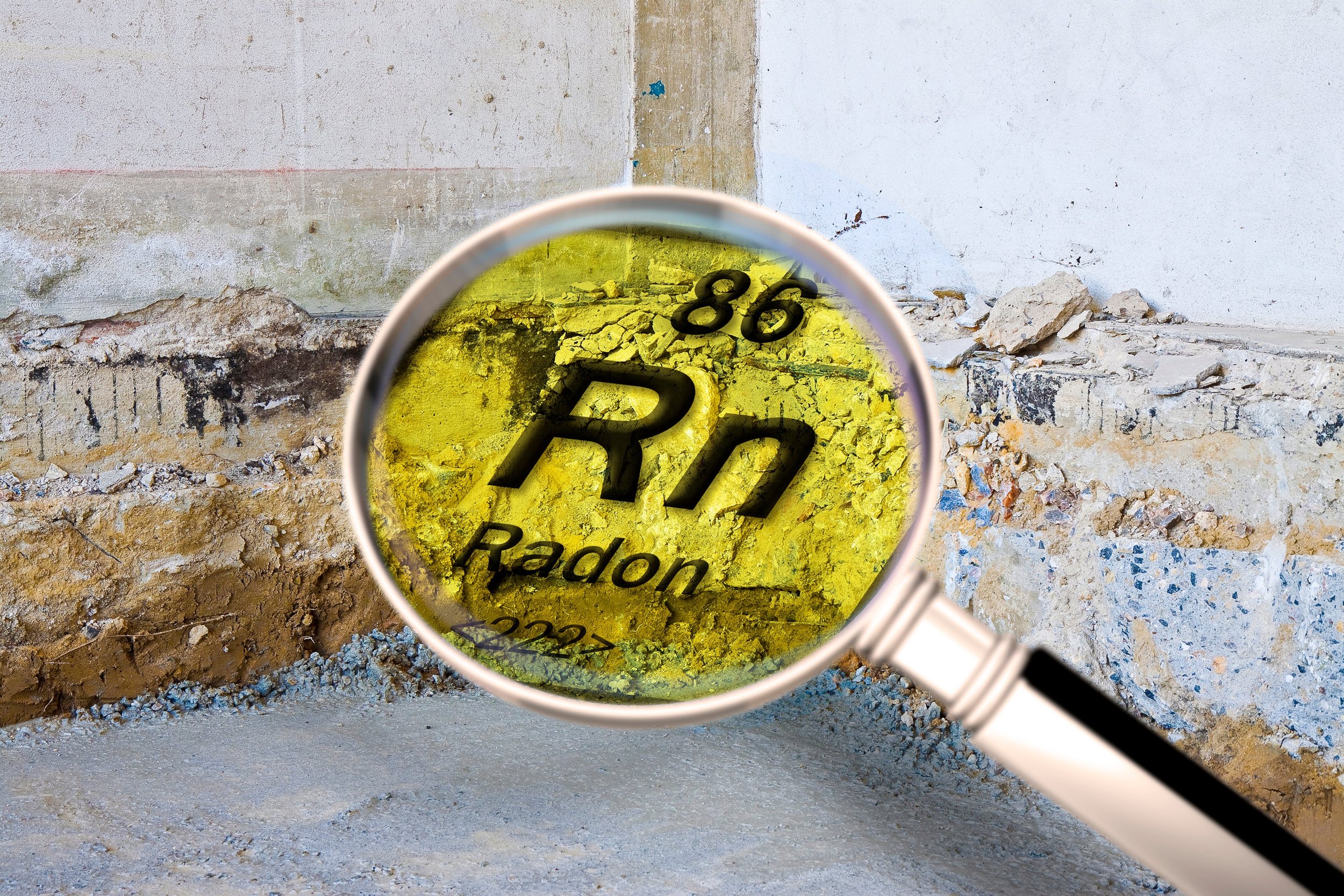
What is Radon?
Radon is an invisible, breathable substance that is odorless and directly linked to increased chances of contracting lung cancer.
Dealing with indoor air quality for over 20+ years, we at Platinum Air Care noticed that Radon is one of the most unfamiliar subjects known to our customers ~ and that needs to be addressed.
Radon gas is the #1 cause of lung cancer for non-smokers.

Thousands of people die yearly from Radon-induced lung cancer.
Testing is the only way to know how much Radon is inside the building.


Yet Only 29% of Canadians with high Radon in their home took action to reduce it ~
And most Canadians remain untested for Radon.
The health risk from Radon exposure is long-term and not immediate ~ meaning the longer you are exposed to high levels of Radon, the greater your risk.
Radon is found in ALL buildings, but there are ways to fight against Radon.
Radon mitigation is a type of venting system installed in the home designed to remove Radon gas outside and away from your home. Radon mitigation by Platinum Air Care lowers Radon concentrations inside the home by up to 90%. Increasing home ventilation (like a Heat Recovery Ventilation (HRV) system or Energy Recovery Ventilation (ERV) system can also lower Radon concentrations by up to 25-30%.
Keep reading to learn more about Radon; alternatively, you can move to sections related to Radon by clicking the following link:
How Radon gets into the home
Since Radon is a naturally occurring substance, it is also present in the outdoor environment, however, the open air is able to dilute the substance to a non-threatening level.
Radon becomes threatening when it becomes trapped in enclosed spaces such as your home. Radon accumulates in an enclosed or poorly ventilated space, creating higher and more dangerous levels of Radon.
Radon levels are usually the highest in basements or crawl spaces as they are closest to the ground and the source of Radon, these spaces are often also poorly ventilated.
Just remember: Radon is able to enter a home through any opening where the house contacts the ground – cracks in the foundation floor and walls, construction joints, gaps around service pipes, support posts, window casements, floor drains, sumps, or cavities inside walls.
Understanding Radon levels
Most people are unaware, or unable to accept that high levels of Radon are inside their homes, but even “low” levels are not safe levels for regular exposure to Radon gas, however, Radon gas is naturally occurring, so obtaining a zero level of radon is also unlikely.
There are two measurements for reading Radon:
Bq/m3 (Becquerels per cubic meter)
pCi/L (Picocurities per liter of air)
1 pCi/L is equal to 37 Bq/m3.
Health Official Guidelines for Radon:
Both the United States and Canada have different guidelines for Radon, but both agree firmly that high levels of Radon are hazardous to our health.
Health Canada guideline for Radon:
200 Bq/m3 or below.
This is equal to 5.4 pCi/L or less.
EPA (United States Environmental Protection Agency) guideline for Radon:
2 pCi/L or below.
This is equal to 74 Bq/m3 or less.
WHO (World Health Organization) guideline for Radon:
100 Bq/m3 or below.
This is equal to 2.7 pCi/L or less.
But why the large difference between officials?
Experts believe Canada is behind when it comes to taking action towards Radon gas levels and underestimates the severity. However, unlike the United States, Canada takes action towards new homes a different way by making a heat recovery ventilation (HRV) or energy recovery ventilation (ERV) system mandatory on new builds.
Health Canada recommendation for remedial action:
Remediate within 2 years: Results between 200 and 600 Bq/m3, Health Canada recommends taking steps to reduce the radon level within 2 years.
Remediate within 1 year: Results greater than 600 Bq/m3, Health Canada recommends taking steps to reduce the level within 1 year.
Read the Health Canada document by clicking here.
The Health Canada guideline far exceeds both EPA and WHO guidelines of when it is necessary to take remedial action towards Radon, however, the bottom line is high levels of Radon need to be removed from the home for the health and safety of its occupants.
Ready to take action against Radon?
Let us help you.
Radon is colorless and odorless. It enters your home through the cracks and holes in the foundation.
It’s impossible to know the levels of Radon in your home without Radon testing.
Radon gas is found in every building and high levels are dangerous to our health over long periods of time
Let us help do the testing for you. Our certified technicians will set up your test so you don’t have to.



